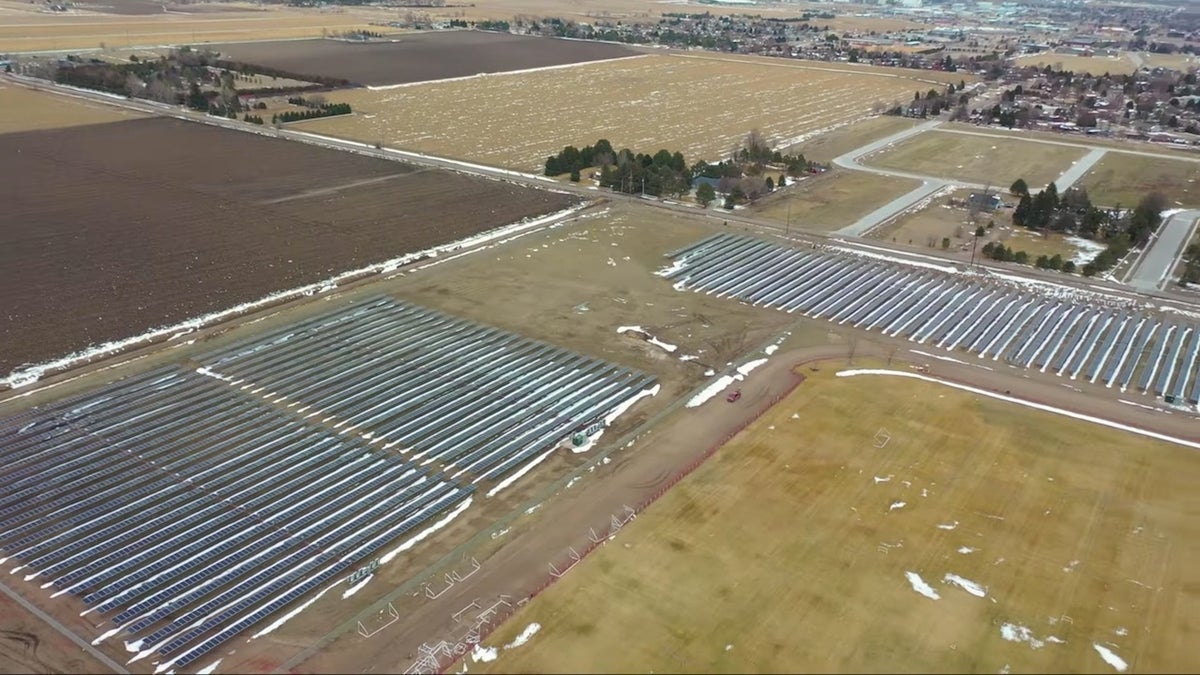A recent, powerful hail storm in western Nebraska has severely damaged a community solar farm, temporarily halting its operations and highlighting the vulnerability of renewable energy sources to extreme weather events. The incident has sparked discussions about energy resilience and the need for diverse power generation strategies.
The Community Solar Project near Scottsbluff, a 4.4-megawatt facility consisting of 14,000 solar panels, has been taken offline due to extensive hail damage. Scottsbluff City Manager Kevin Spencer described the damage as "destroyed," though he maintained a positive outlook on the future of solar power in the region, emphasizing the extreme nature of the hail.
Last week's storm, which included a tornado and baseball-sized hail, caused widespread damage across the region, estimated at $1 million. GenPro Energy Solutions, the firm that developed the solar project in partnership with Nebraska Public Power District (NPPD), is working with insurance adjusters to evaluate the extent of the damage and plan repairs.
GenPro CEO Dwight Patterson emphasized the importance of collaboration between renewable energy providers and local utilities in mitigating the impact of unforeseen events on critical infrastructure. He advocated for a diversified energy approach, incorporating various sources and technologies to ensure a stable and secure power supply.

The Scottsbluff solar project shortly after its construction in March 2020. (GenPro Energy Solutions/YouTube)
While the solar panels used in the project were considered top-tier and hail-resistant, the intensity of the storm proved overwhelming. Jeremy Anderson, GenPro's chief construction officer, noted significant damage to the panels, but suggested other system components might have sustained less severe damage. NPPD confirmed that the power supply to the region has not been affected.
NPPD spokesperson Grant Otten explained that the Scottsbluff facility is a relatively small part of their overall power generation portfolio, which includes significantly larger coal and nuclear plants. He emphasized that the community solar program aims to provide localized solar energy resources.








